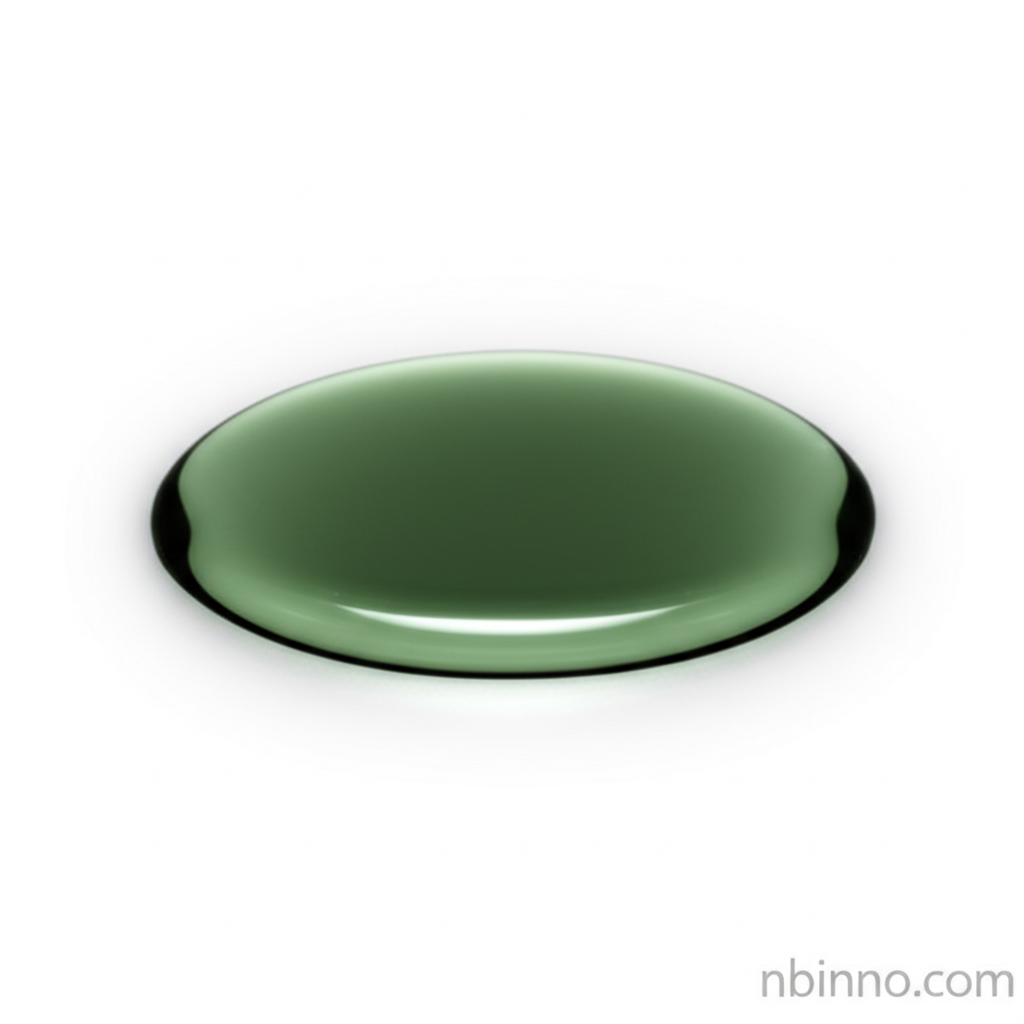Methylmagnesium Chloride: A Key Player in Organic Synthesis
Discover the versatility and applications of Methylmagnesium Chloride, a foundational Grignard reagent for chemical innovation.
Get a Quote & SampleProduct Core Value

Methylmagnesium Chloride
Methylmagnesium Chloride is a crucial organometallic compound widely utilized as a Grignard reagent in organic synthesis. Its chemical formula, CH3MgCl, and CAS number 676-58-4, define its identity. This reagent is instrumental in forming new carbon-carbon bonds, a fundamental step in creating complex organic molecules. Its availability, typically as a solution in tetrahydrofuran (THF), and its cost-effectiveness make it a preferred choice for many synthetic chemists.
- Explore the various methylmagnesium chloride uses in complex organic synthesis.
- Understand the methylmagnesium chloride properties that make it ideal for Grignard reactions.
- Learn about methylmagnesium chloride applications in creating new carbon-carbon bonds.
- Find out where to buy methylmagnesium chloride for your research and production needs.
Advantages of Using Methylmagnesium Chloride
Cost-Effectiveness
Methylmagnesium chloride offers a low equivalent weight and competitive methylmagnesium chloride price, making it an economical choice for large-scale organic synthesis projects.
Versatile Reactivity
As a fundamental Grignard reagent, it exhibits versatile reactivity, enabling a wide array of chemical transformations crucial for developing new compounds.
Accessibility and Availability
This chemical intermediate is readily available from reputable suppliers, ensuring a stable supply chain for your ongoing research and production requirements.
Key Applications
Grignard Reactions
Methylmagnesium chloride is a cornerstone in Grignard reactions, facilitating the addition of a methyl group to carbonyl compounds, epoxides, and other electrophiles.
Organic Synthesis
Its primary use is in organic synthesis, contributing to the construction of complex molecular architectures for pharmaceuticals, agrochemicals, and fine chemicals.
Methylation Agent
It serves as an effective methylation agent, introducing a methyl group into various organic substrates.
Chemical Intermediate
This compound acts as a vital chemical intermediate, bridging the gap between raw materials and more complex, high-value chemical products.
